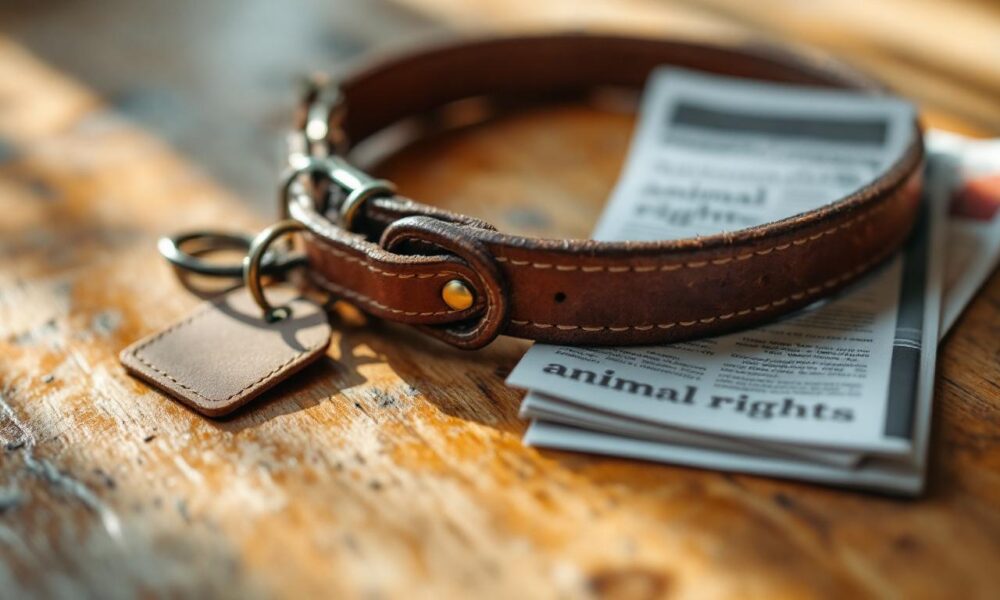
“This post contains affiliate links, and I will be compensated if you make a purchase after clicking on my links.”
Dog bones have been a staple treat for our canine companions for generations. But are they actually good for your pet’s health?
At DogingtonPost, we’ve dug deep into the world of dog bone health to uncover the facts. From raw bones to synthetic chews, we’ll explore the various types, benefits, and potential risks associated with giving bones to your furry friend.
What Are the Different Types of Dog Bones?
Dog bones come in various forms, each with its own set of benefits and risks. We’ll explore the most common types to help you make an informed decision for your furry friend.
Raw Bones: Nature’s Chew Toy
Raw bones pose risks of bacterial contamination. A study showed that, compared to other types of pet food tested, raw pet food was more likely to be contaminated with disease-causing bacteria.
Cooked Bones: A Dangerous Temptation
Cooked bones pose significant dangers to dogs. The cooking process makes bones brittle and prone to splintering. These splinters can cause serious injuries to your dog’s mouth, throat, or digestive tract. The American Veterinary Medical Association strongly advises against giving cooked bones to dogs due to these risks.
Synthetic Bones: A Safer Alternative
Synthetic bones are man-made chew toys that mimic the texture and appeal of real bones. Manufacturers often use materials like nylon or rubber to create these alternatives. These bones don’t splinter, which makes them generally safer than real bones. However, you must choose the right size for your dog to prevent choking hazards.
Dental Chews: Tasty Oral Care
Dental chews are specially formulated treats that promote oral health. They often contain ingredients that reduce plaque and tartar buildup. A study in the Journal of Veterinary Dentistry revealed that dogs given a daily dental chew had 42% less tartar accumulation after 28 days compared to dogs without the chew.
When selecting any type of bone or chew for your dog, consider their size, age, and chewing habits. No bone is 100% safe, so always supervise your dog during chew time. Consult with your veterinarian about the best options for your specific pet.
Now that we’ve covered the different types of dog bones, let’s explore the potential benefits of giving bones to your canine companion.
Why Do Dogs Love Bones?
The Dental Health Debate
Dogs have a natural attraction to bones, and many pet owners consider them as potential treats. Chewing on bones can reduce plaque and tartar buildup on a dog’s teeth. The mechanical action of gnawing stimulates saliva production, which helps neutralize acids in the mouth. A study found that dental calculus was reduced by 81.6% after 12 days of chewing on raw bones. However, this benefit comes with significant risks, as hard bones can cause dental fractures and injuries.

Mental Stimulation and Stress Relief
Bones provide mental stimulation for dogs, which can help alleviate boredom and reduce destructive behaviors. The act of chewing releases endorphins, which can have a calming effect on anxious or stressed dogs. Dr. Marty Becker suggests that appropriate chewing can help dogs cope with separation anxiety, which may manifest as destructive chewing, especially at doors and windows, or nuisance barking (though it’s important to note that severe anxiety cases may require professional intervention).
Nutritional Aspects
While bones contain some nutrients (such as calcium and phosphorus), they should not serve as a significant source of nutrition. The risks associated with bone consumption often outweigh the nutritional benefits. Instead, focus on a balanced, veterinarian-approved diet to meet your dog’s nutritional needs.
The Safety Concern
The American Veterinary Medical Association (AVMA) advises against giving dogs bones due to the potential for serious injuries. As responsible pet owners, we must prioritize our dogs’ safety and consider safer alternatives that can provide similar benefits without the associated dangers.
Alternatives to Traditional Bones
Given the risks associated with real bones, many pet owners turn to safer alternatives. These include specially designed chew toys, dental treats, and interactive puzzles that can provide mental stimulation and promote dental health without the dangers of splintering or choking. The Dogington Post offers comprehensive reviews of these safer alternatives, helping pet owners make informed decisions for their furry friends.
Now that we’ve explored why dogs are drawn to bones and the potential benefits and risks, let’s examine the specific dangers that bones can pose to our canine companions.
Are Dog Bones Dangerous for Your Pet?
Dog bones, while popular, can pose serious risks to your pet’s health. The U.S. Food and Drug Administration (FDA) has reported numerous cases of illness and even death related to bone treats. Let’s explore the potential dangers of giving bones to your furry friend.

Choking and Obstruction Hazards
Bones can easily become lodged in a dog’s throat or digestive tract. The FDA reported about 90 cases of illness related to bone treats between November 2010 and September 2017. Large bone fragments can cause choking or create blockages in the esophagus or intestines. These obstructions often require emergency surgery to remove.
Dental Damage and Oral Injuries
Hard bones can crack or break your dog’s teeth. The American Veterinary Dental College warns that fractured teeth cause pain and can lead to infections if left untreated. Sharp bone fragments can also cut your dog’s gums, tongue, or the lining of their mouth, which potentially causes severe bleeding and infection.
Gastrointestinal Complications
Bone fragments can puncture or tear the digestive tract, which leads to peritonitis (a life-threatening infection of the abdominal cavity). The American Veterinary Medical Association (AVMA) reports that even small bone splinters can cause severe damage to the stomach and intestines. Symptoms of internal injuries include vomiting, diarrhea, and abdominal pain.
Bacterial Contamination Risks
Raw bones carry a risk of bacterial contamination. A study published in the journal Veterinary Record found that 80% of raw chicken used in raw diets for dogs contained Salmonella. This poses a risk not only to your pet but also to human family members, especially children, the elderly, and those with compromised immune systems.
Safe Alternatives to Consider
To keep your dog safe, try alternatives like dental chews approved by the Veterinary Oral Health Council or durable rubber toys designed for chewing. The best dog chew bones should be easily digestible, non-splintering and should last long enough to make the price worth it. Always consult with your veterinarian before you introduce new treats or chews into your dog’s routine. Your dog’s safety should always be the top priority when you choose treats and toys.
Final Thoughts
Dog bone health involves a balance of benefits and risks. Bones can improve dental health and provide mental stimulation, but they also pose dangers like choking and intestinal blockages. Pet owners must weigh these factors carefully when deciding whether to give bones to their dogs. Constant supervision is necessary if you choose to offer bones, and you should never leave your dog alone with one.
Many safer alternatives exist that offer similar benefits without the associated risks. Dental chews, durable rubber toys, and interactive puzzles can stimulate your dog mentally and promote oral health safely. We recommend consulting with your veterinarian before introducing any new treats or chews into your dog’s routine.
At DogingtonPost, we strive to help you make informed decisions about your dog’s well-being. Our platform provides extensive information on dog bone health, nutrition, and safe chew alternatives. You can ensure your furry friend leads a happy, healthy life by staying informed and prioritizing safety (while still indulging their natural chewing instincts).







